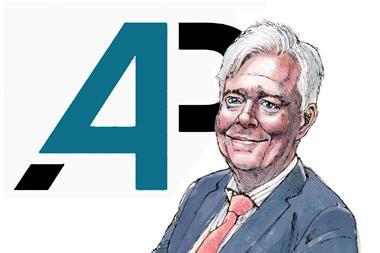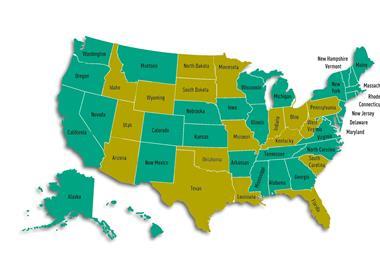When you can’t decide on return and risk, you think of the window of light
“I propose a 15 minutes break”, the chair said. She didn’t have to look around the room to see if there were any objections. Everyone needed a coffee and networking might help.
As the members trooped off, the chair remained at the table, feeling harried. The discussion had been hectic and emotional. There were two investment proposals, both well thought through and supported by what data there was.
One was for a water project in Africa. It hit a number of UN social development goals, but it was risky because it would require sophisticated maintenance in an environment where well trained technicians were not readily available. It also faced the risk of leakage, made worse by people looking for free water. Unsurprisingly, the ESG crowd was enthusiastic and the risk manager sceptical.
The other proposal was to support a series of small nuclear power plants in the home country. The plants would use the latest technology, including cooling by gravity, making a Fukushima-type meltdown impossible and their small size would limit the impact of any accident.
The project would be a major contribution to the government’s target of net zero carbon emissions in 2030. The main risk factors were storage of nuclear waste and dogmatic resistance from the beneficiaries against nuclear power. The ESG crowd was livid.
The risk manager had explained that if one or both projects were adopted, a risk offset had to be found. With a clear and colourful graph, he had shown that selling junk bonds would have the best effect. This hit a raw nerve with the more experienced traders, who argued that the bonds gave a high return, even after correction for currency losses.
Now, they were all looking at her, the chair thought. They wanted her to take the decision and the sole responsibility. She wasn’t ready to do that, didn’t think that was the role of the group and knew from experience that decisions taken by the whole group were better and less controversial.
The secretary who organised the meeting put a cup of coffee on her table, smiling encouragingly. The chair drank the coffee, relaxed a bit, looked around the room and fixed on the window highlighted by the sun. It fired a memory. She had found the solution. She closed her eyes and started to think on how it could be done as the first members came back in the meeting room.
She quickly sketched what she wanted. The secretary said it would take very little time on Excel to make and print in sufficient quantity. It looked like figure 1.
| Figure 1 | ||
|---|---|---|
|
importance |
urgency |
|
|
A: African water |
||
|
B: Nuclear power |
||
|
C: Do both |
||
|
D: Do nothing |
||
|
4. very high |
||
|
3. high |
||
|
2. medium |
||
|
1. less |
“You have all had a chance to give your position before the break and a chance to talk to each other during the break,” the chair explained. “Please stop communicating now and treat the form that is distributed now as private. This will work best when your answer remains secret,” she added.
“Please rank the four options before you on importance and urgency. For importance, consider the net effect of the project and how many people will benefit from it. For urgency, look at when the desired effect of the project must have set in. All projects must be ranked and all scores, from 4 to 1, must be used. When you have completed the table, fold the paper and give it to the secretary,” the chair continued.
While the members were working, the chair instructed the secretary to calculate a simple group average score for importance and urgency and plot the four projects on what she called a window of light, as in figure 2.
| Figure 2 | ||||
|---|---|---|---|---|
| 4: top importance | ||||
| 3: important | ||||
| 2: medium importance | ||||
| 1: less important | ||||
| 1: less urgent | 2: medium urgent | 3: urgent | 4: very urgent | |
| A: African water | ||||
| B: Nuclear power | ||||
| C: Do both | ||||
| D: Do nothing |
When the results were in, the secretary distributed the completed window of light. “We have a very clear outcome,” said the chair. The secretary started an applause behind her back.
Has this really happened? It is not important. What matters is that when you can’t decide on return and risk, you think of the window of light.
Peter Kraneveld is an international pensions adviser at Prime, BV































No comments yet